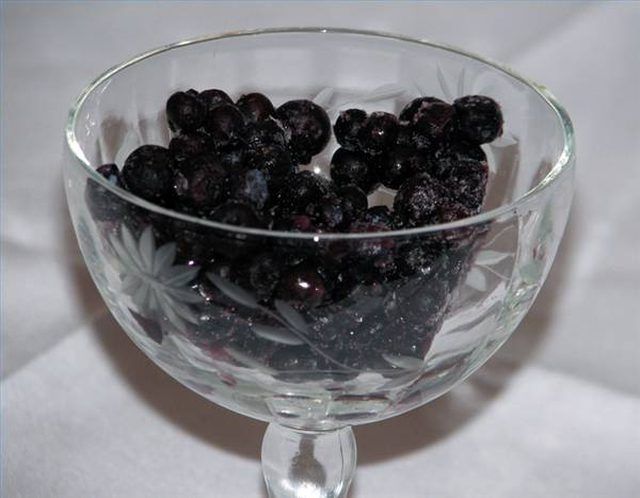Bulbs
Flower Basics
Flower Beds & Specialty Gardens
Flower Garden
Garden Furniture
Garden Gnomes
Garden Seeds
Garden Sheds
Garden Statues
Garden Tools & Supplies
Gardening Basics
Green & Organic
Groundcovers & Vines
Growing Annuals
Growing Basil
Growing Beans
Growing Berries
Growing Blueberries
Growing Cactus
Growing Corn
Growing Cotton
Growing Edibles
Growing Flowers
Growing Garlic
Growing Grapes
Growing Grass
Growing Herbs
Growing Jasmine
Growing Mint
Growing Mushrooms
Orchids
Growing Peanuts
Growing Perennials
Growing Plants
Growing Rosemary
Growing Roses
Growing Strawberries
Growing Sunflowers
Growing Thyme
Growing Tomatoes
Growing Tulips
Growing Vegetables
Herb Basics
Herb Garden
Indoor Growing
Landscaping Basics
Landscaping Patios
Landscaping Plants
Landscaping Shrubs
Landscaping Trees
Landscaping Walks & Pathways
Lawn Basics
Lawn Maintenance
Lawn Mowers
Lawn Ornaments
Lawn Planting
Lawn Tools
Outdoor Growing
Overall Landscape Planning
Pests, Weeds & Problems
Plant Basics
Rock Garden
Rose Garden
Shrubs
Soil
Specialty Gardens
Trees
Vegetable Garden
Yard Maintenance
How to Grow Huckleberries
How to Grow Huckleberries. The huckleberry plant is a small shrub that grows blue or black berries. The berries, which each contain 10 hard seeds, are used in jams and pies. The black huckleberry is the most common, and grows wild in the eastern part of North America. The blue huckleberry, which tends to yield sweeter fruit, grows primarily along...

The huckleberry plant is a small shrub that grows blue or black berries. The berries, which each contain 10 hard seeds, are used in jams and pies. The black huckleberry is the most common, and grows wild in the eastern part of North America. The blue huckleberry, which tends to yield sweeter fruit, grows primarily along the Atlantic Coastal Plain. Huckleberries like moist, peaty soil. A wild huckleberry bush probably won't survive being transplanted into a garden, so it's best to start with seed.
Things You'll Need
Fresh, ripe huckleberries
Sieve
Paper coffee filter
Potting soil, peat moss base
Sand
Pot
Water mister
Houseplant fertilizer
Gather the seeds by first squashing fresh, ripe berries through a sieve, placed on top of a bowl of water. Tilt the bowl from side to side to get the seeds to settle to the bottom of the bowl. Separate from any pulp from the fruit. After skimming off the pulp, pour into a coffee filter and retain the seeds. Allow them to dry for about a week, in a dark place, at room temperature.
Fill a small container with a potting soil that has a peat moss base.
Sow the seeds between January and March. Sprinkle over the peat moss soil, and cover with 1/8-inch of sand. Keep indoors.
Water the sand with a mister to prevent the seeds from washing away. Keep moist and allow the seeds to germinate, which should take about two to six weeks.
Place under filtered sunlight or fluorescent lighting after the seeds have germinated.
Move the plant outside when the danger of frost has passed. Keep in partial shade. Fertilize about every 10 days, using liquid houseplant fertilizer that has been diluted to half-strength. Keep moist.
Transplant the year-old plant into 1-gallon container. After the second year, you can either transplant into a larger container, or plant in a raised flower bed with well-drained soil that has been enriched. Do not expect flowers until after the fourth year. Huckleberries are slow growing.